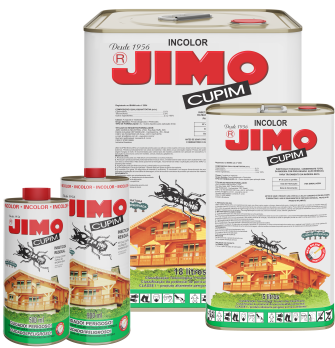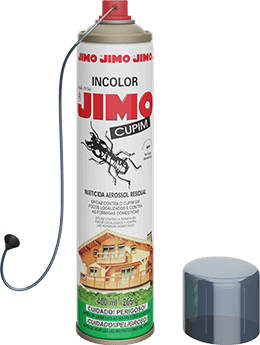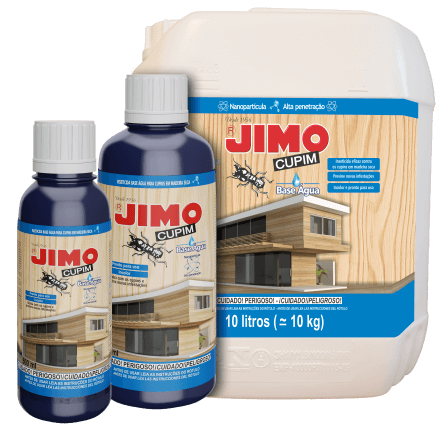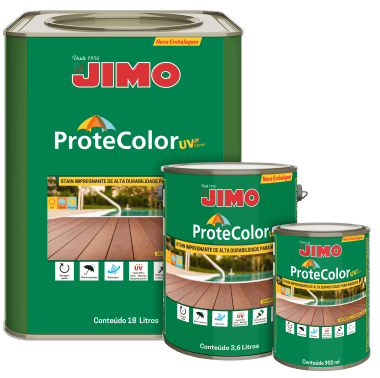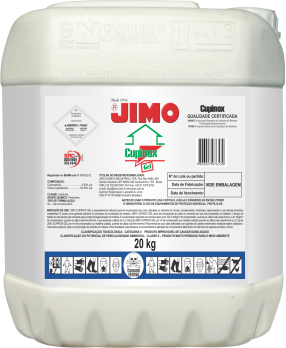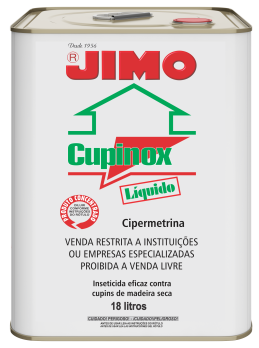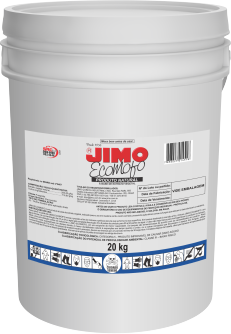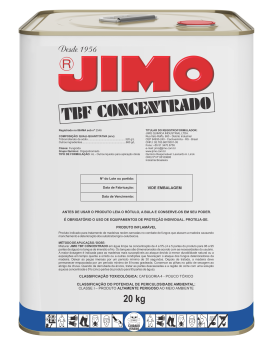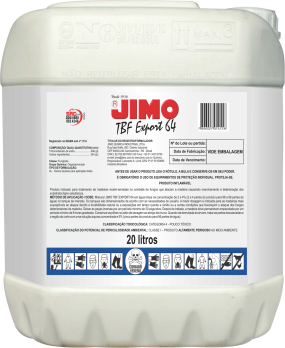
Wood is a natural product with very high commercial value, if compared to substitute products, due to several advantages, such as:
- diversity of use: in the segments of civil construction, packaging, furniture, posts, railroad ties and others;
- ease of handling, work and rework;
- low energy consumption for production;
- excellent weight to strength ratio;
- it is a renewable natural resource.
The fundamental components of a tree are its cells which are oriented in two directions: longitudinal and radial. The shape, composition and size of these cells determine the nature and properties of each species. Coniferous species, also called softwoods, originated 150 million years ago, while deciduous species, or hardwood, originated 50 million years later.
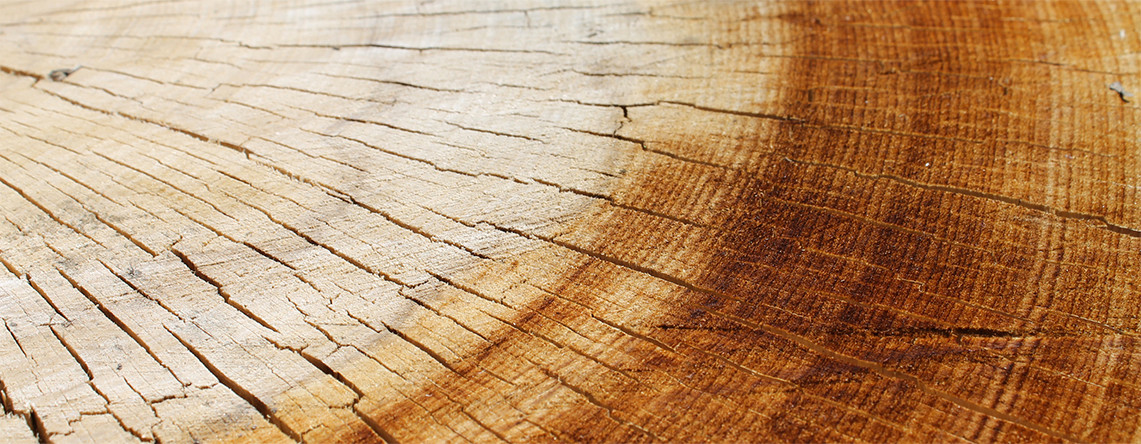
There are basically two relevant types of attacks that undermine wood, one by microorganisms and other by xylophagous insects.
An attack by microorganisms begins immediately after the tree is cut down, when it is left exposed to weather and does not undergo any treatment. The evolution of this attack depends on the natural durability of the species. Fungi proliferate easily in softwoods, such as pine. Initially, the attack cannot be seen with the naked eye, but over time it becomes visible due to the development of stained and/or rot fungi, which grow inside and on the surface of wood developing an appearance of biological contamination.
The blue stain is caused by microscopic fungi that usually attack the sapwood of trees, using parts of it as food, usually sugars and starch. The stains resulting from this biological contamination lower the commercial value of woods.
It is known from long time that several kinds of wood, particularly white conifers, must undergo a prophylactic pre-treatment with chemical preservatives in order to protect them against blue stain and other fungal stains during their natural drying process. Due to the toxicity and aggressiveness of most of these products to the environment and the health of people, these molecules are being gradually banned in several countries.
In the case of attack by xylophagous insects, termites are considered the main cause of damage to woods in its several use forms. In most cases, the damage caused by these insects is very high, arising from timber loss and replacement where this damage is irreparable.
Prevention is the best way to fight them.
For more information on termites, ways to combat them and prevention, click here.








